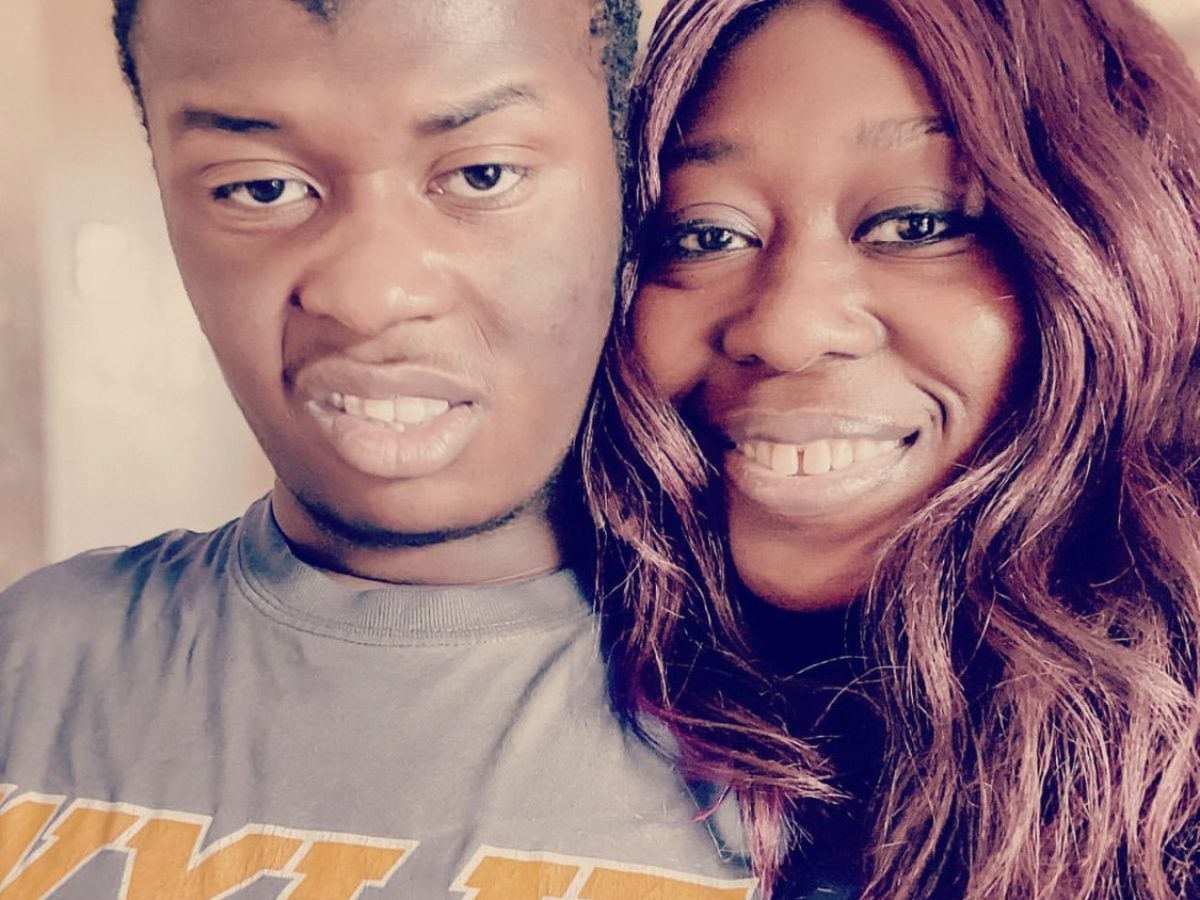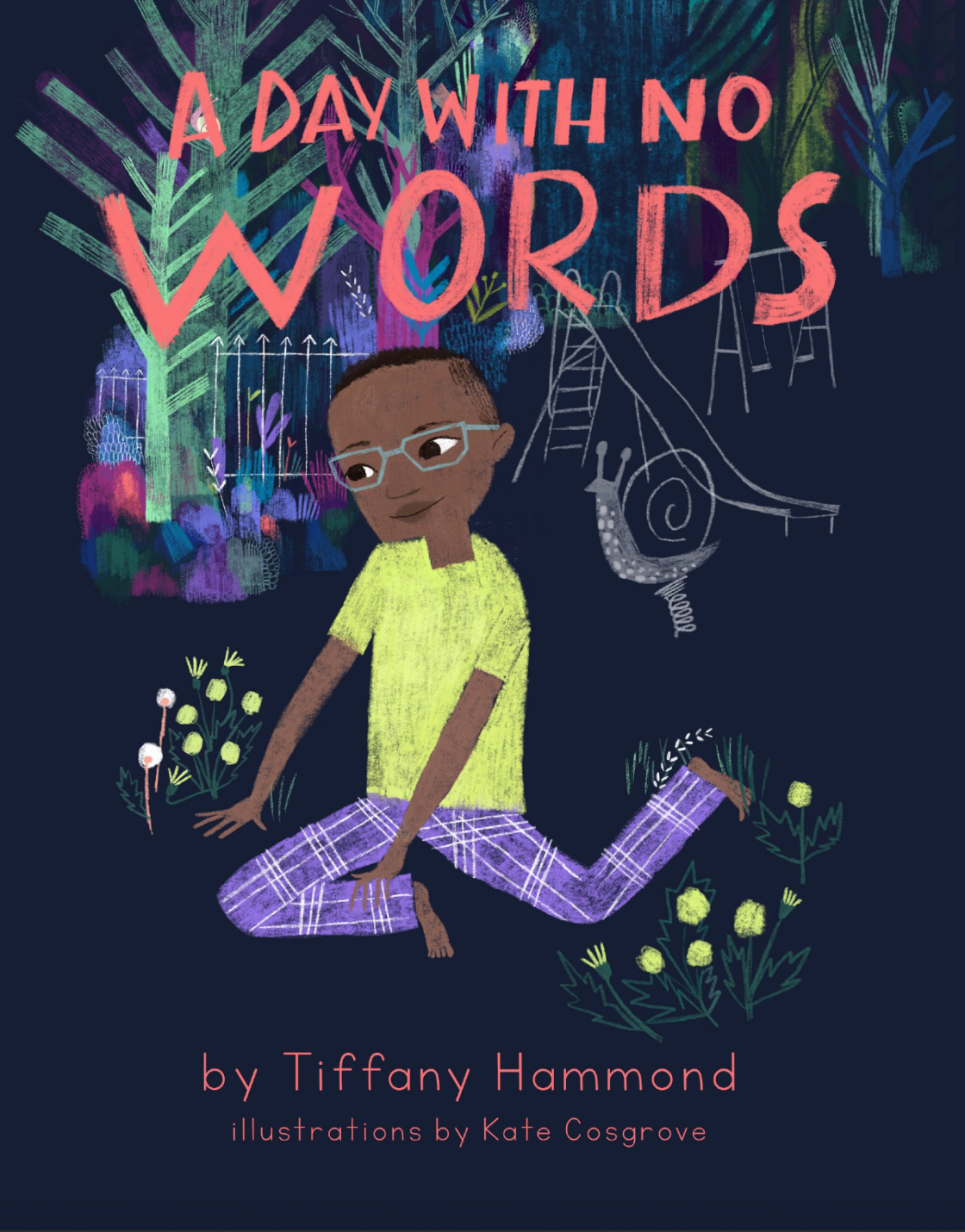
April is Autism Acceptance Month. According to estimates from CDC’s Autism and Developmental Disabilities Monitoring (ADDM) Network, 1 in 36 children has autism spectrum disorder (ASD) in the United States. Autism spectrum disorder is a developmental disability caused by differences in the brain. Although people with ASD may behave, communicate, interact, and learn in ways that look different from most, their abilities can vary significantly. While some people with ASD may have advanced conversation skills, others with the disorder may be nonverbal.
Tiffany Hammond is a Texas mother with autism and an autism advocate raising two sons, Aidan Hammond (16) and Josiah Hammond (14), with the same disorder. She doesn’t like to place labels on the functionality of her children, as she believes each person’s autism is expressed differently.
Although Hammond was diagnosed with autism at 18 in college, she recently found a community of people with similar experiences that weren’t previously available to her through her blog fidgets.and.fries, where she shares her family’s journey and engages daily with followers and supporters while offering connection and support. Hammond discovered the autism community that didn’t exist when she was initially diagnosed at 18. Her blog’s mission is to educate others about autism and intersectional advocacy because treating neurodivergent people as actual human beings benefit us all.
Like her blog, Hammond’s children’s new book, A Day Without Words, aims to unite the autistic community while bringing awareness to the disorder. The book also honors and serves as a tribute to her oldest son, Aidan, who is nonverbal.
“I wanted to create something to show that my son is like all the other kids out there; he just doesn’t speak. And, not speaking is okay; it’s just different, and it’s not bad. I also wanted to connect with his world. There’s a point that all humans communicate non-verbally, and we shouldn’t be considered less than or not worthy or not valuable,” she says to ESSENCE.
She continues, “We text each other, write, send emojis, point, gesture, and still understand what each other is saying. I wanted to challenge people to think more critically about how they communicate with someone else and how people on the spectrum still can understand you even if you don’t use spoken words.”
A Day With No Words sits at the intersection of race, representation, and disability and invites readers into the life of a Black Autism family who communicates as their child with autism does, without spoken language. The picture book highlights the special bond between mother and son and follows them on a day in the community where the mom communicates on a tablet device, just as her son does. Throughout the day, the mother encourages others to communicate with her son via a tablet and to be less judgemental about his comprehension abilities. Aside from empowering other autistic families and children through visibility, this book aims to destigmatize the disorder and, more specifically, highlight the unfair injustices many autistic children experience daily. The purpose of this story is to normalize communication methods outside of speech, with the hope of bringing awareness to nonspeaking autistic persons and their families.

This book invites the community to learn more about those different from them and how best to treat, accept, and accommodate them. This story also follows this family into the community, showing that families like these should spend time in the world like everyone else, as families often hide at home for fear of going out and being judged. Unfortunately, Hammond knows the feeling of wanting to hide all too well and pulls those feelings and experiences to include them within the book.
“I wanted to show that it was okay for autistic people and families to leave the house. I wanted to show us leaving the house, going to parks, and eating lunch. You don’t see autistic families because often they are hiding at home, which is what I was doing, hiding for years and years. But once I started to accept my diagnosis more, that was when I started to accept my sons’ diagnosis more. I began believing that my sons deserve to see how wonderful the world is without hiding from it,” she reveals.
Hammond continues, “When I chose to write this book, it was important to me to show other families that it’s ok to go outside and be seen. However, I acknowledge that it may be hard. You may come up against a person in the park who talks about your child in a way that’s not nice, and you might cry and want to go home. That’s happened to my son and me.”







She wants people to know that autistic people shouldn’t be dismissed based on different communication styles. “Society, in general, will treat those that are different, of not capable of governing or taking care of themselves or speaking up for what they need and desire, and instead they claim to know what we need or want. It’s important that the general public knows more about this diagnosis, the people who have it, and how to treat them,” she says.
When asked how non-autistic people can help create more awareness for Autism Acceptance Month and beyond, Hammond believes listening is key to allyship. “I think that, for starters, people have first to listen, then go into different autistic spaces, just to sit and listen and absorb everything you can. You won’t have all the answers, and we’re not expecting you to. But go and listen to their stories, try to understand how they feel and what they need. It never hurts to be a better-informed human,” she says.
A Day With No Words will be available on Tuesday, May 9, 2023; pre-order the book here.








